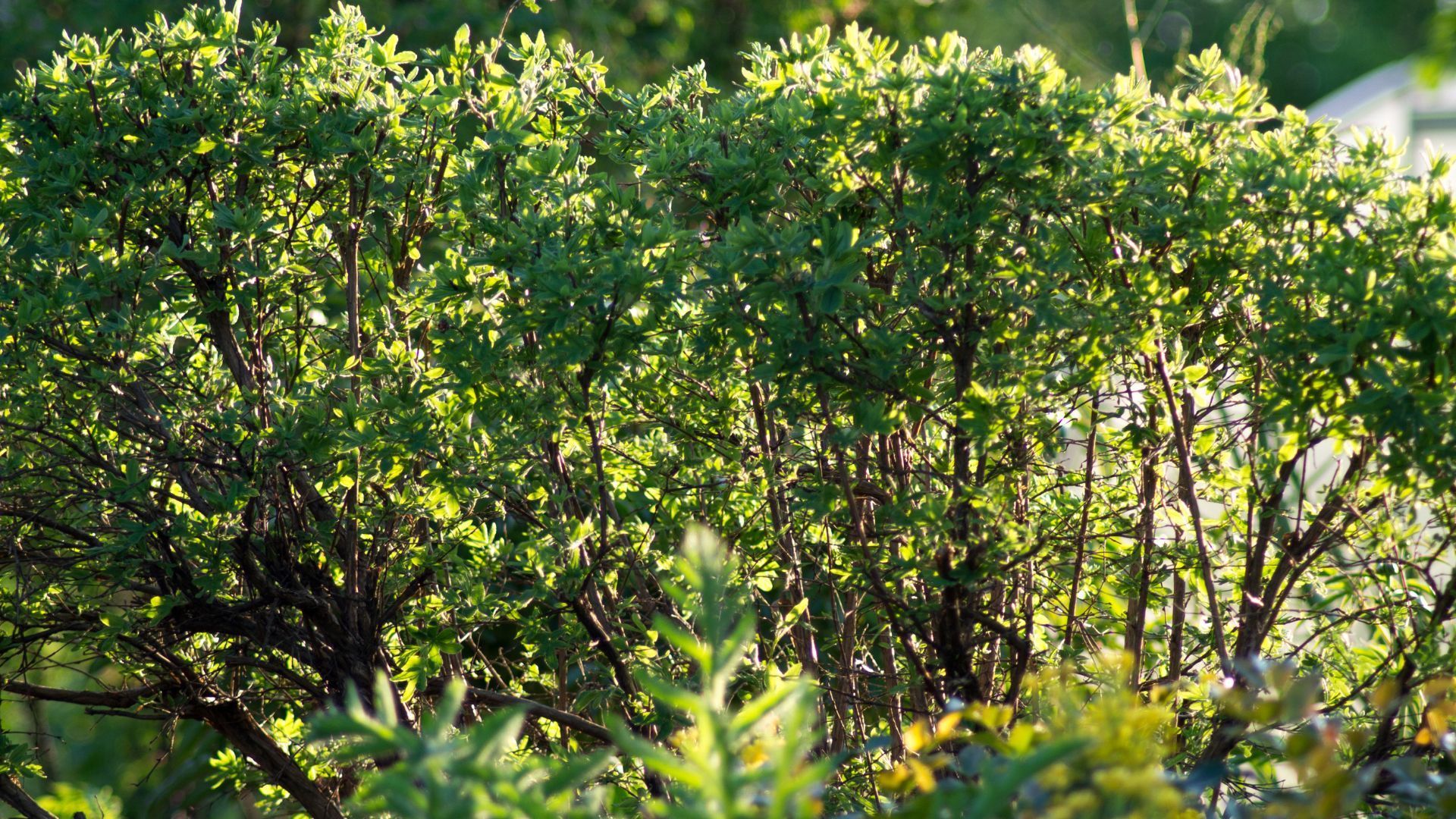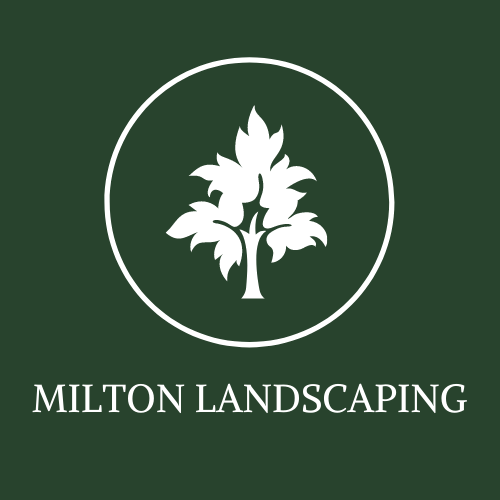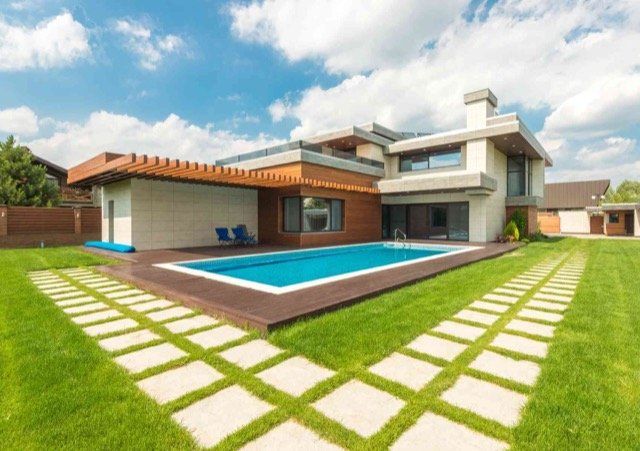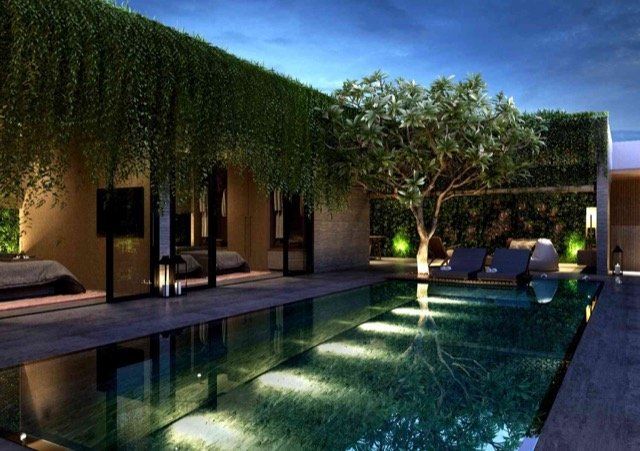How to Plan a Garden Design
How to Plan a Garden Design
When it comes down to it, your garden is meant for your pleasure alone. Meaning, there’s no one right way to design a garden. So if you’re new to this kind of thing and are feeling overwhelmed because you don’t know where to start, don’t worry! We’ve created a general guide that can help you get started on creating your ideal garden. So without further ado, let’s “dig” in!
Garden Bones
When building a house, you don’t start installing windows before you build walls. You also don’t build walls before you install a foundation. In correlation, designing a garden is no different. “Garden Bones” refers to the foundation of your garden, such as trees and shrubs. Why? Imagine building your garden, but then wanting to add a tree: it’s going to be very difficult to plant that tree without tearing up all of the work and money you just put in. As such, you want to design your garden around your trees and shrubs. Once you have your “bones” looking the way you want them to, then it’s time to move on to the next step: choosing a color palette.
Color
As previously mentioned, there’s no wrong way to design a garden. Therefore, you can use whichever and as many colors as you would like. However, if you’re looking to design a garden that’s easy on the eye, it’s best to stick with colors that don’t clash. Need ideas? I’d say look at pictures of other gardens. If paying close enough attention, you should be able to pick up on the color palettes the landscape designer used. For instance, if you choose complementary colors like yellow and blue, you’ll find that those two color choices will make your garden look more vibrant. On the flipside, if you choose harmonious colors like yellow and green, you’ll notice that your garden will only slightly seem to shift shades.
Focal Points
When designing your ideal garden, try to not look at your garden in one glance. Meaning, your garden is best left as a discovery for your visitors. The best way to accomplish this is through the use of focal points. A focal point can range from garden ornaments, to garden structures, or even large plants. The idea is to grasp the viewer’s attention and pull it towards the focal point’s surrounding plants. All in all, no matter how big or small your garden is, there’s always room to add a focal point.
Texture
When ordering a burger, a common side dish is french fries. Why? The burger is juicy and savory, while the french fries are soft and salty - it’s the perfect contrast. In correlation, when it comes to planning the plants you want in your garden design, you want your plants to contrastically make sense. For instance, if you make your garden out of billowy-like plants, there’s a high chance that your garden will look blurry. However, if you add in plants that have thick, coarse-like leaves next to the billowy-like plants, you’ll give your garden the definition that it deserves.
You might also like



Get a free quote!
Contact Us
We will get back to you as soon as possible.
Please try again later.
SERVICE AREA
Contact Us
- Mon - Fri
- -
- Sat - Sun
- -


